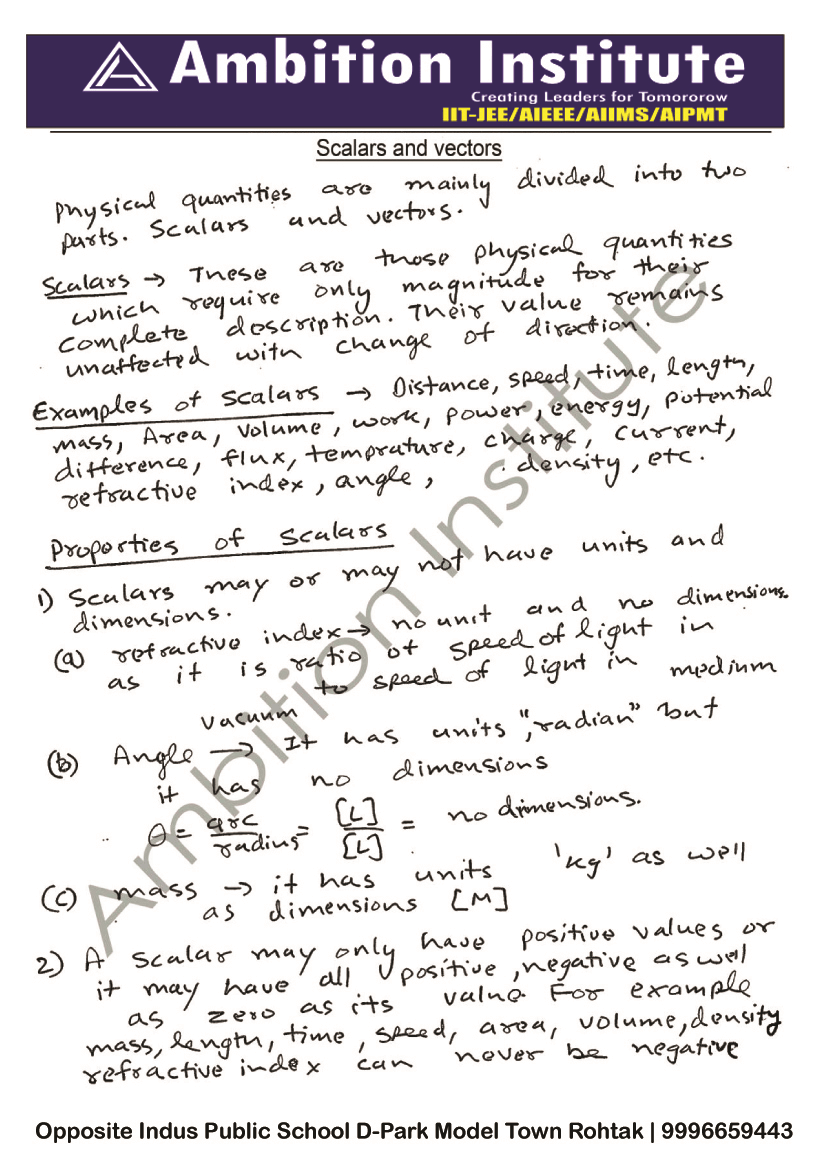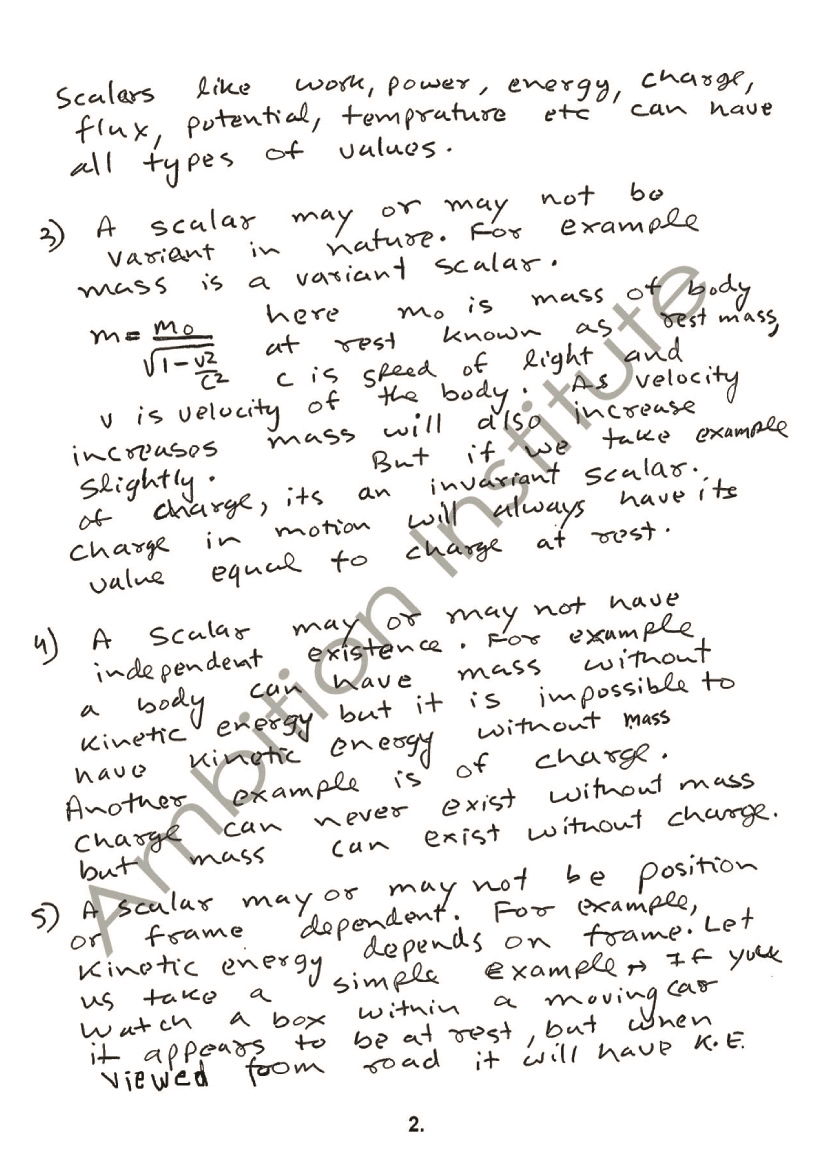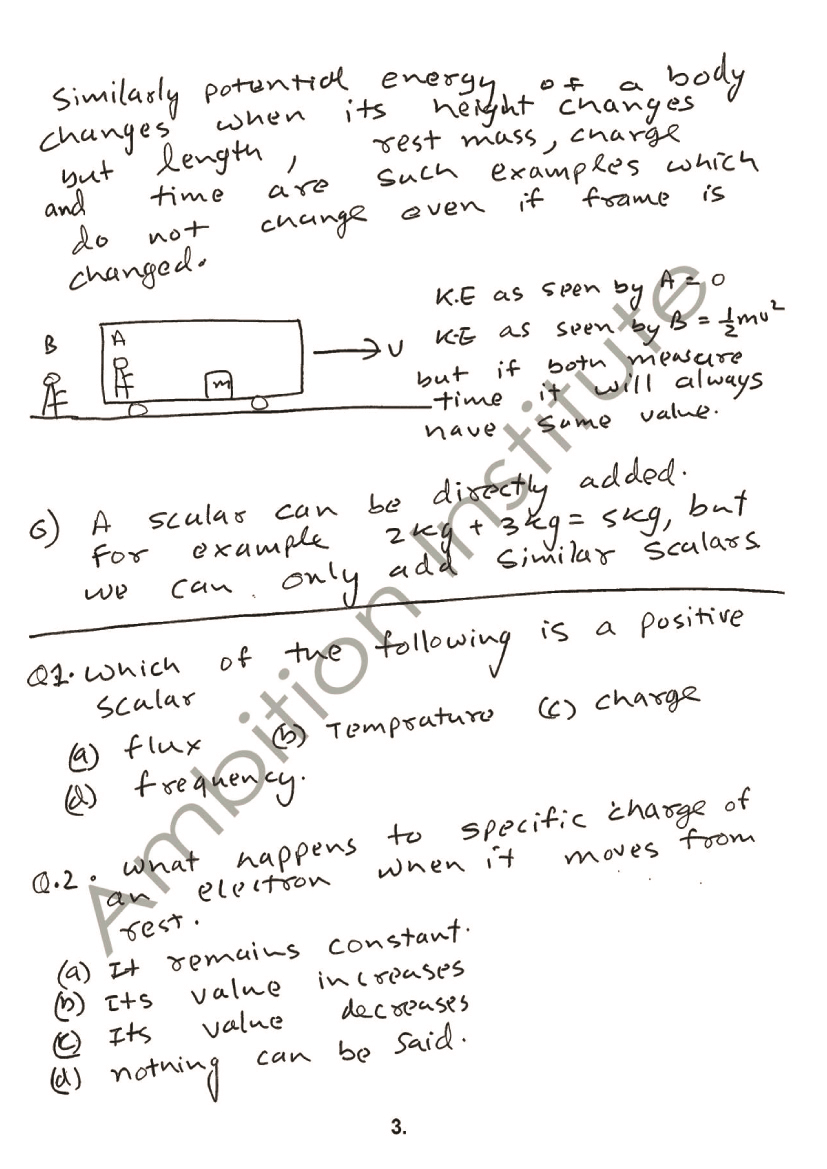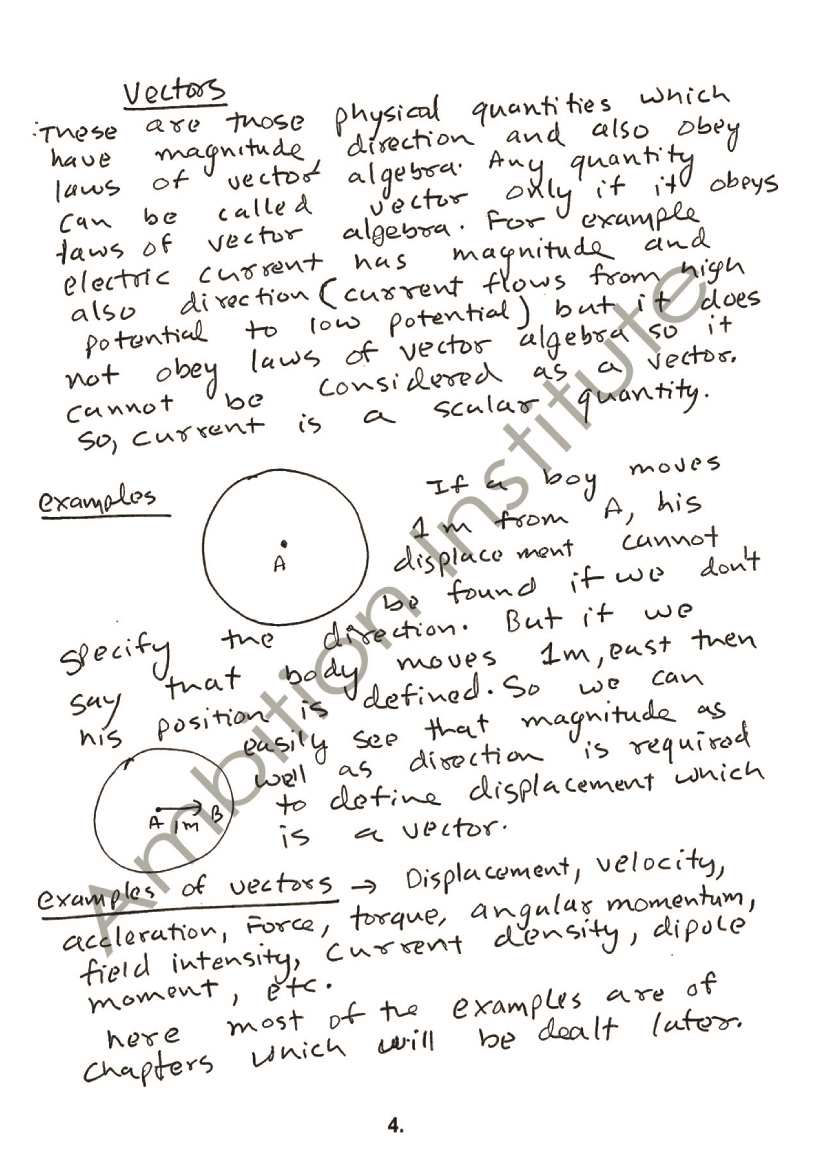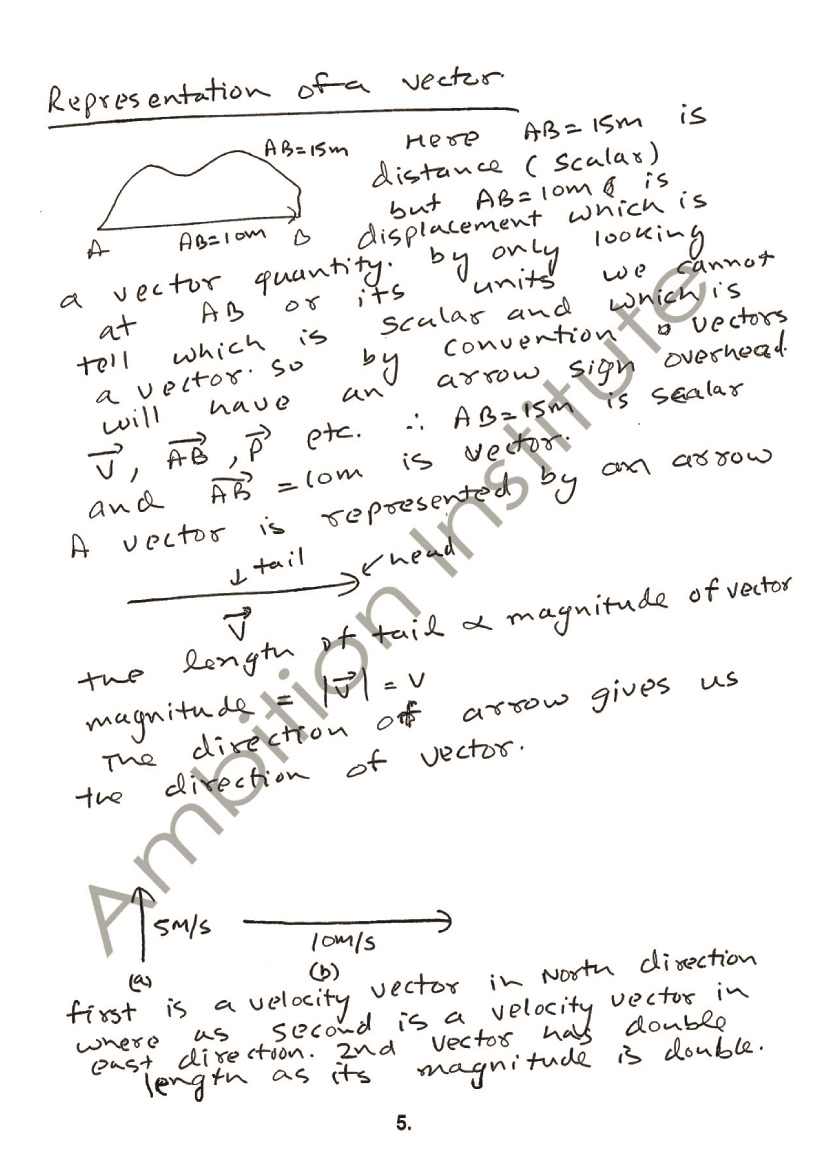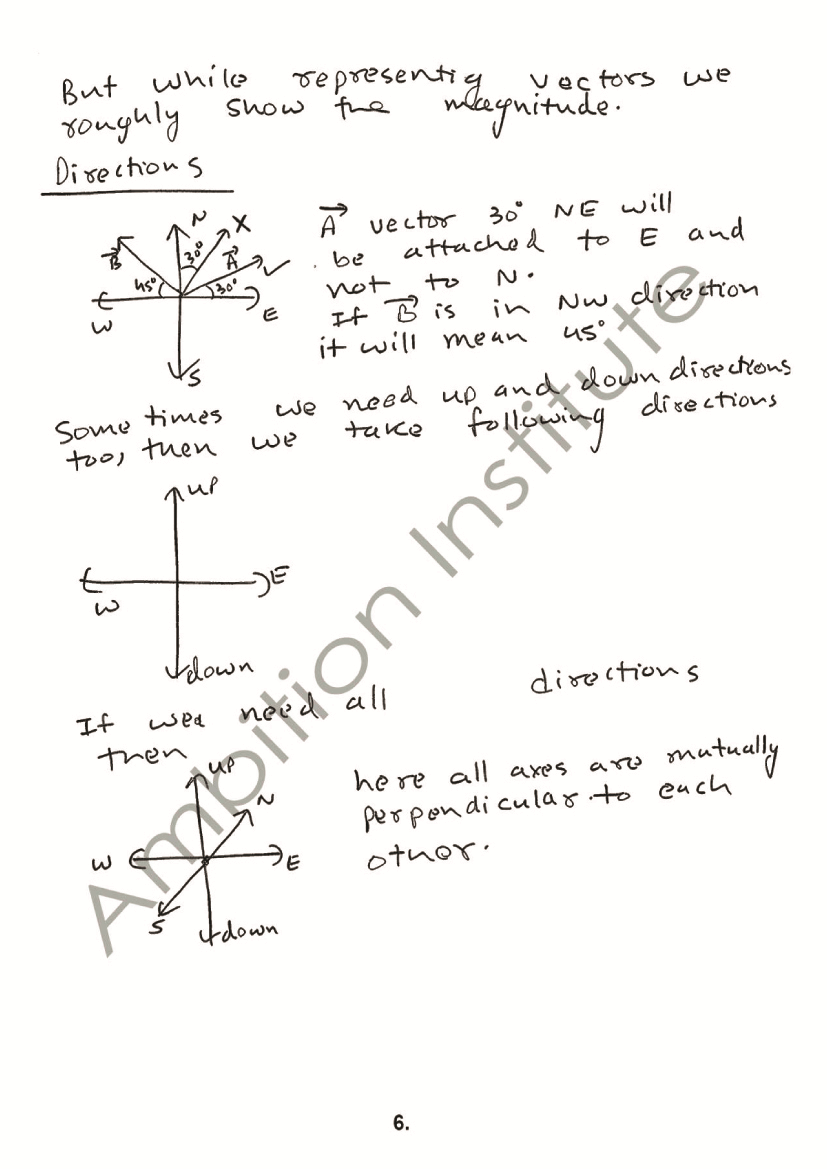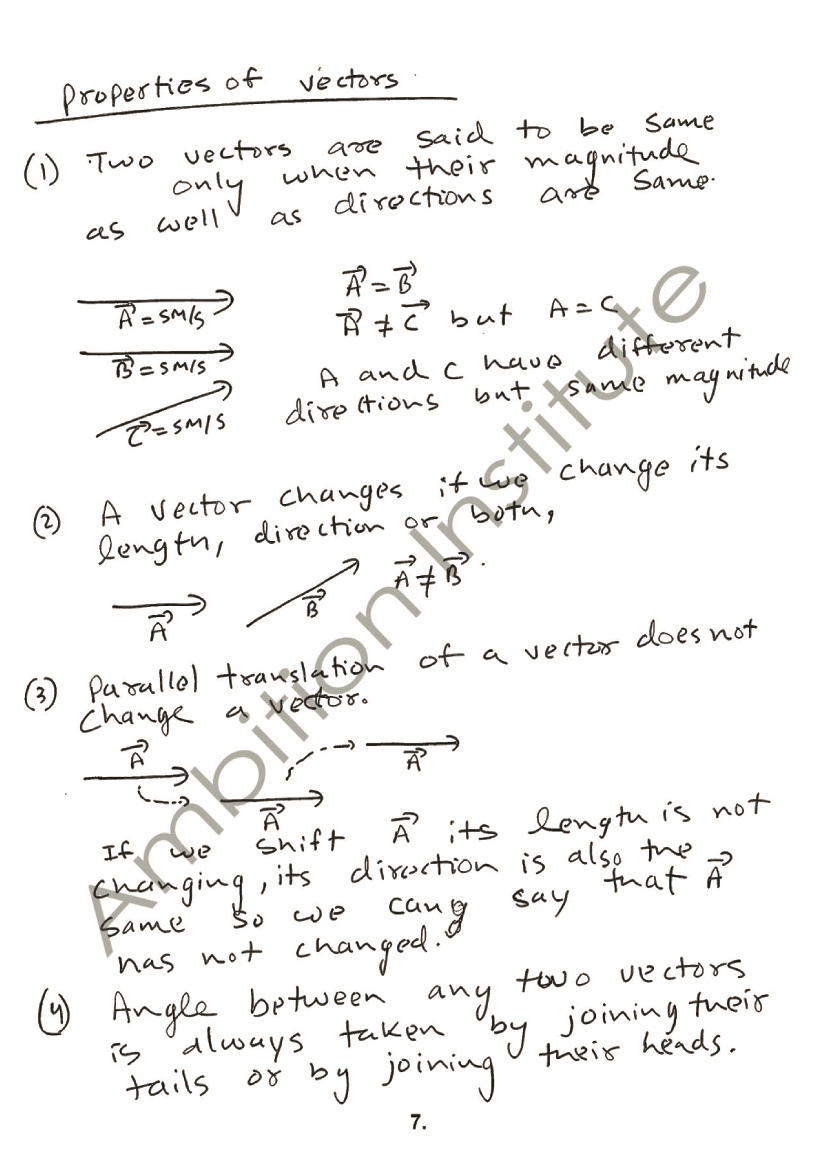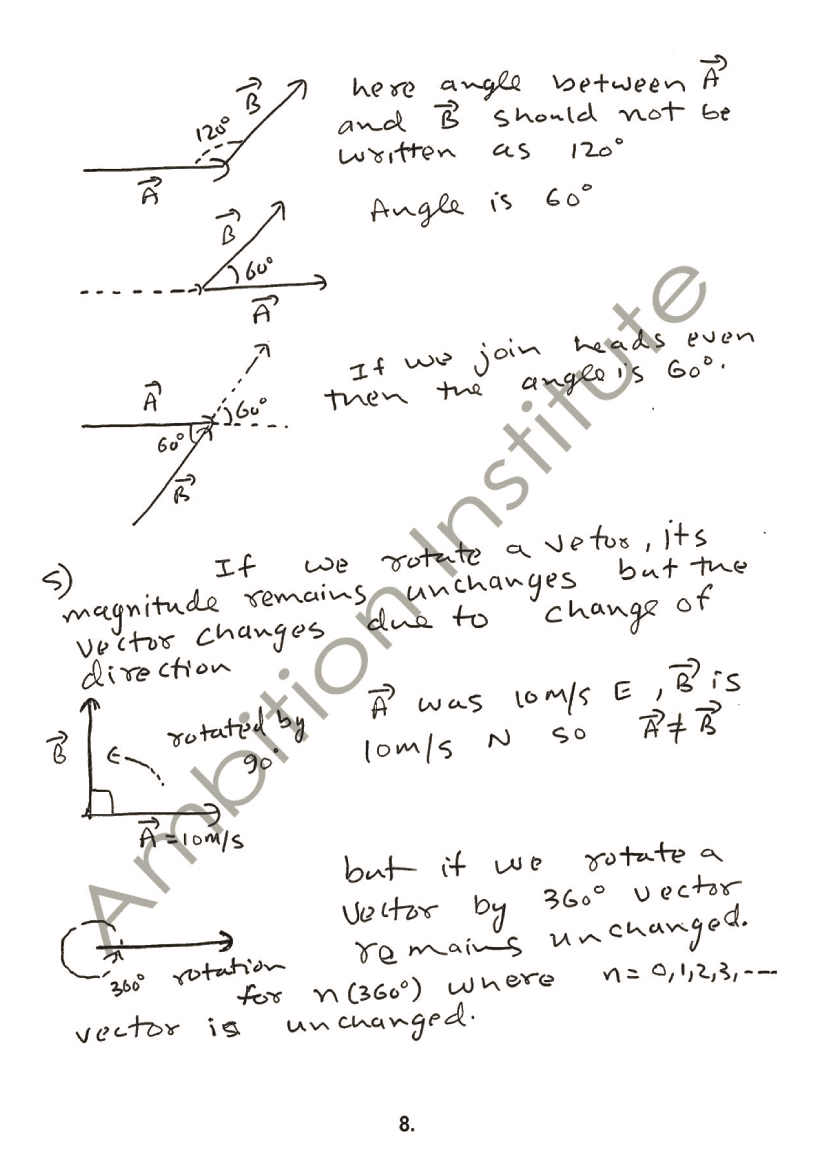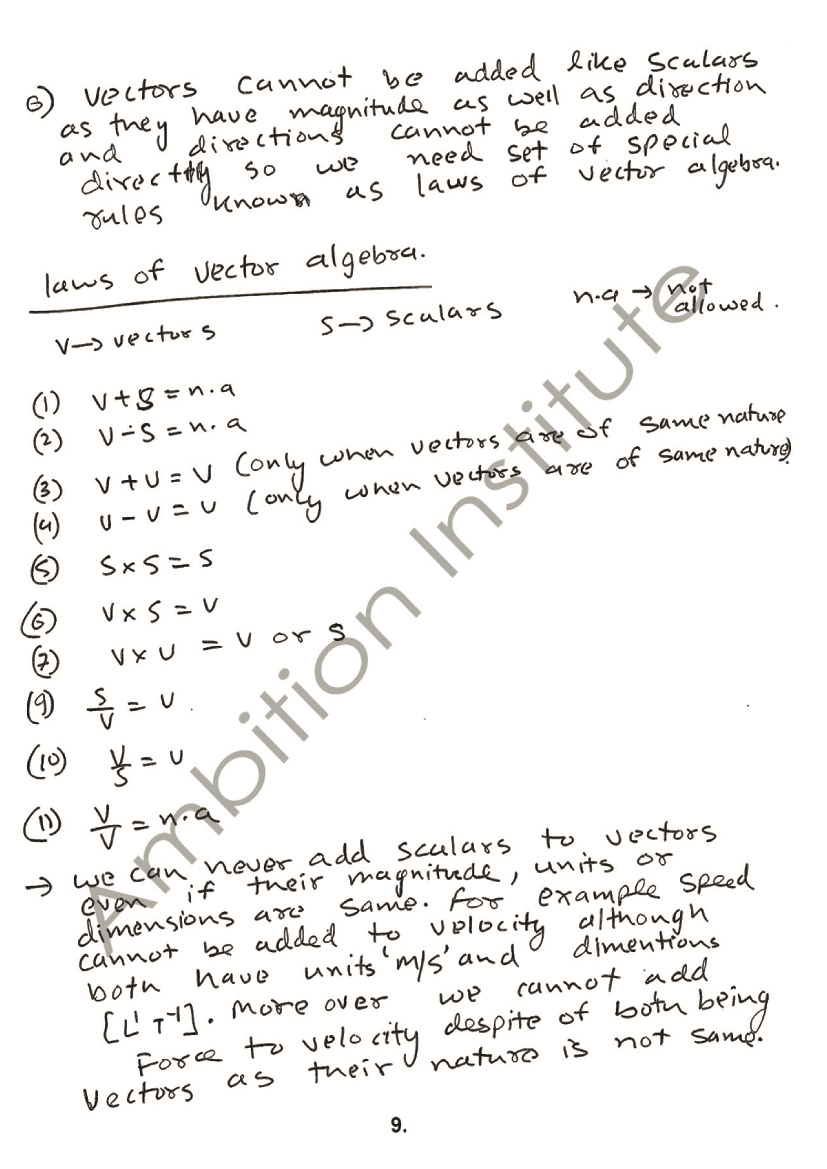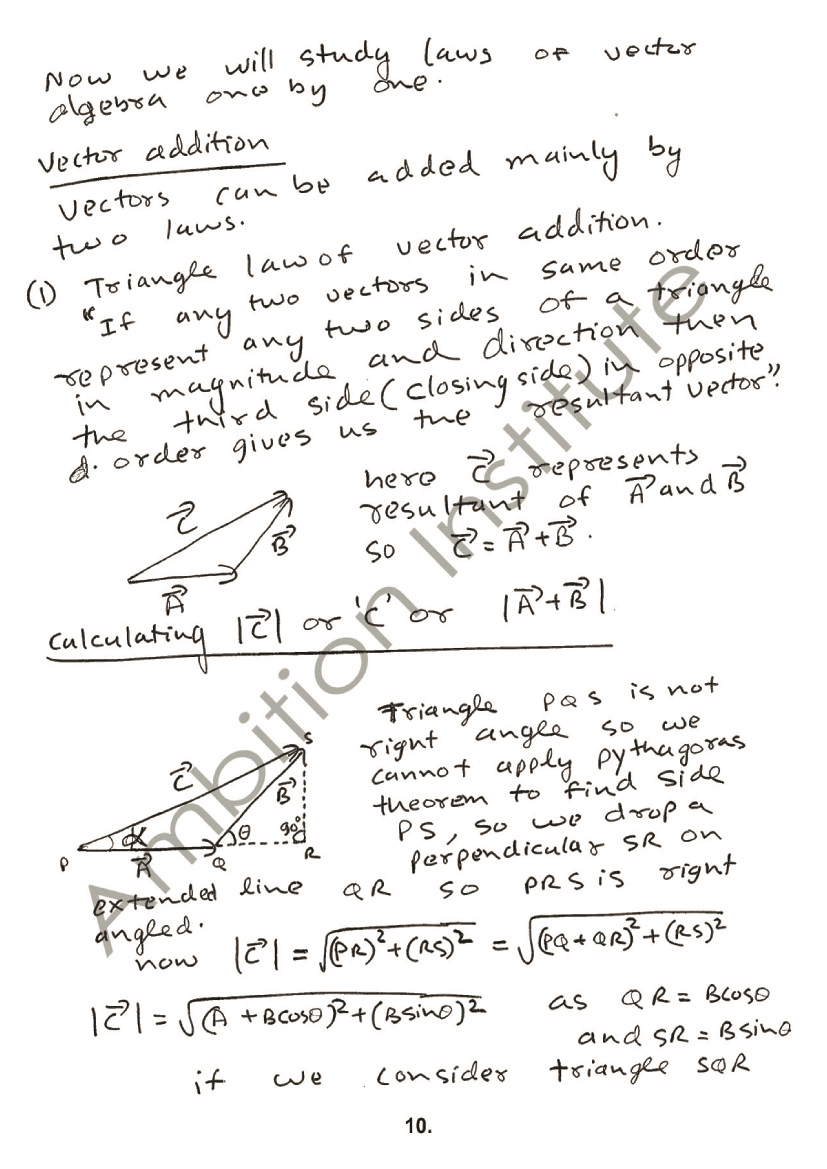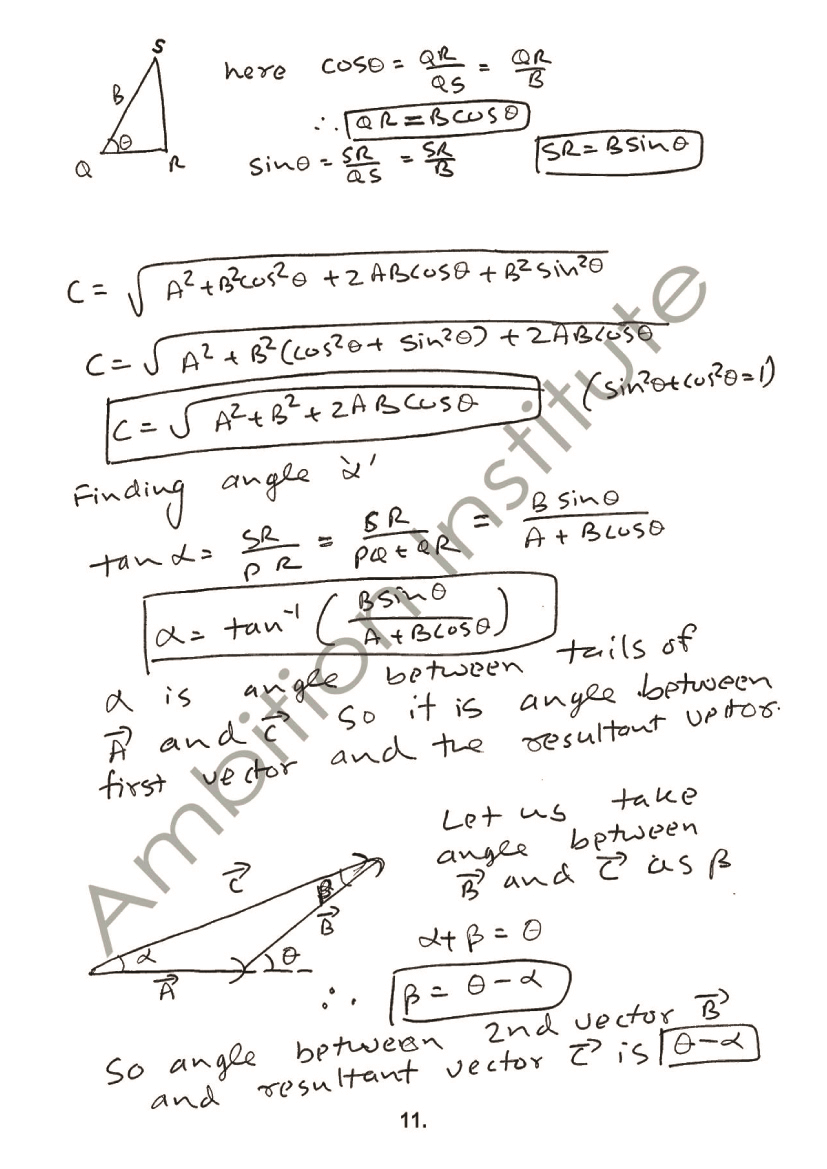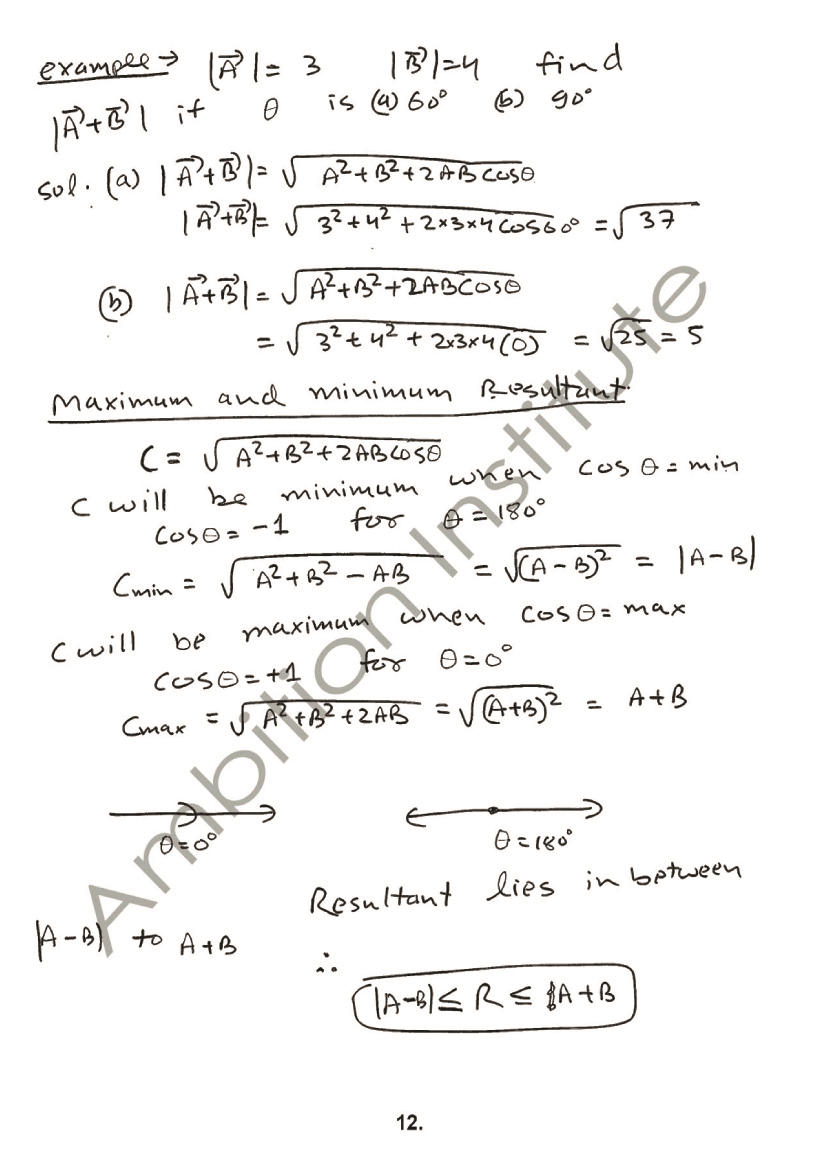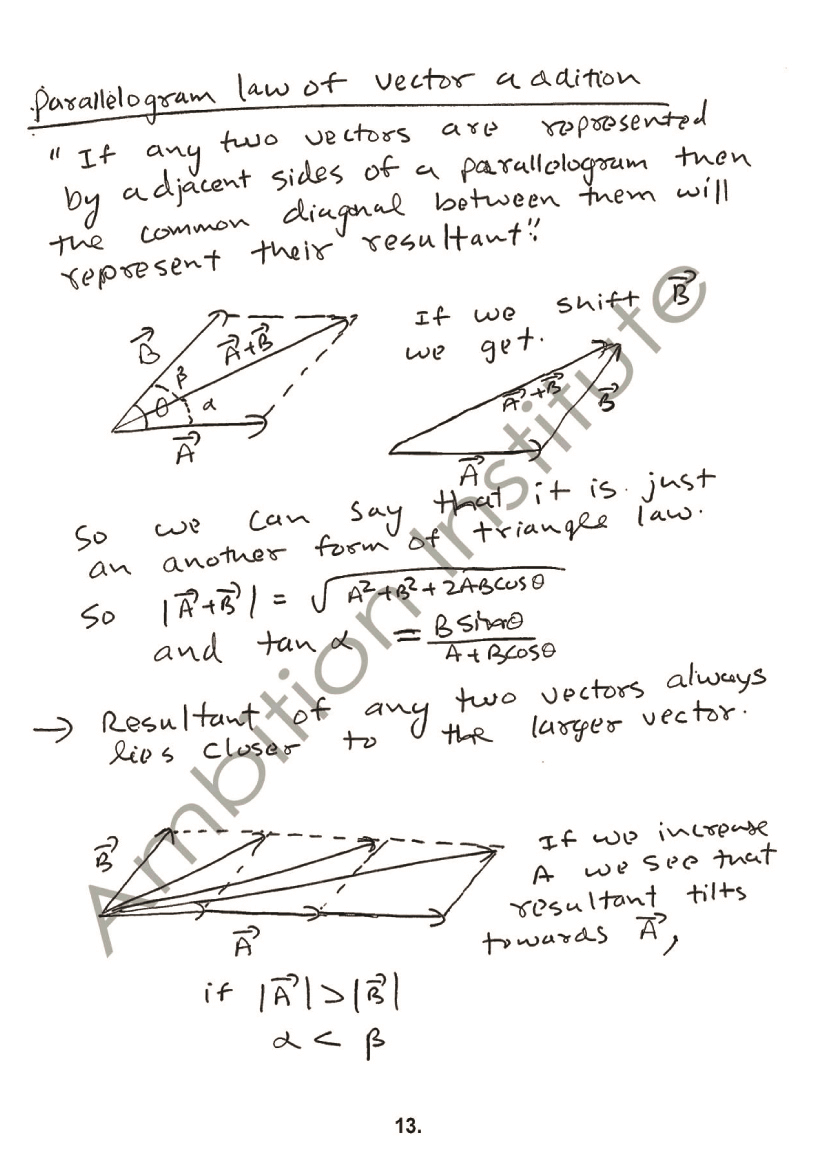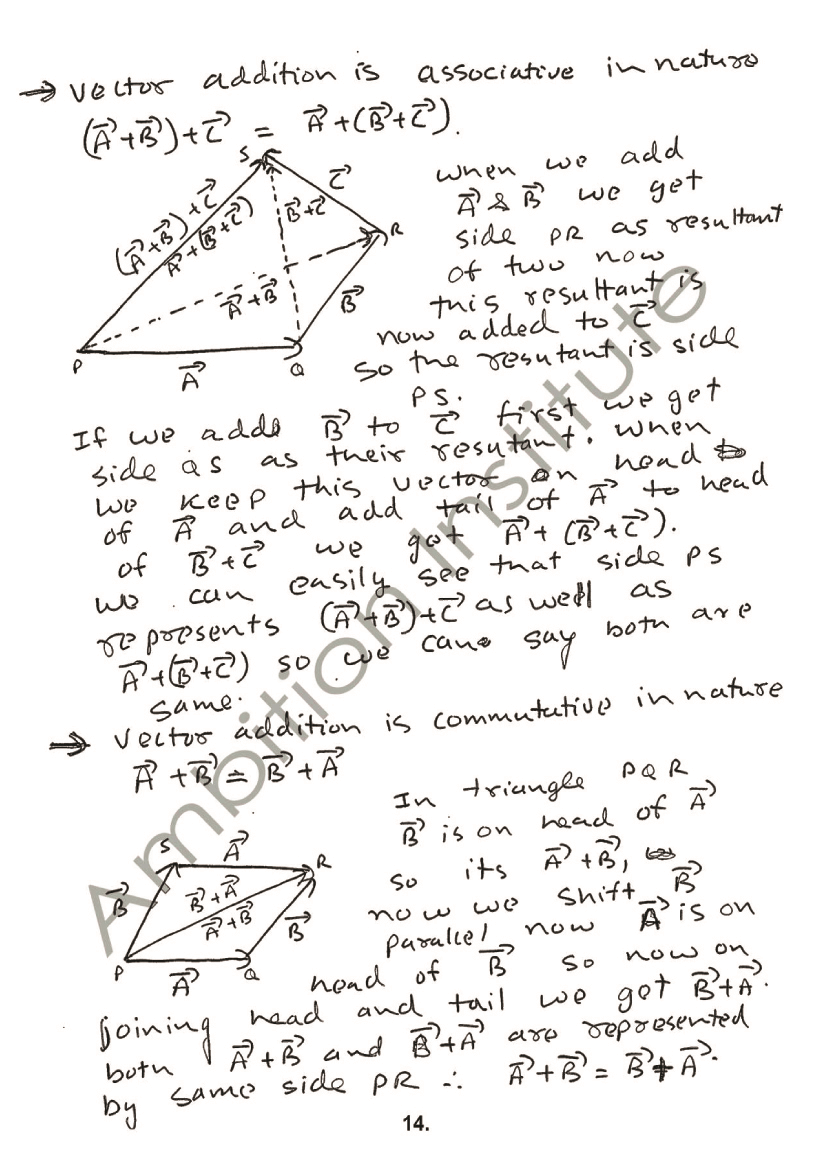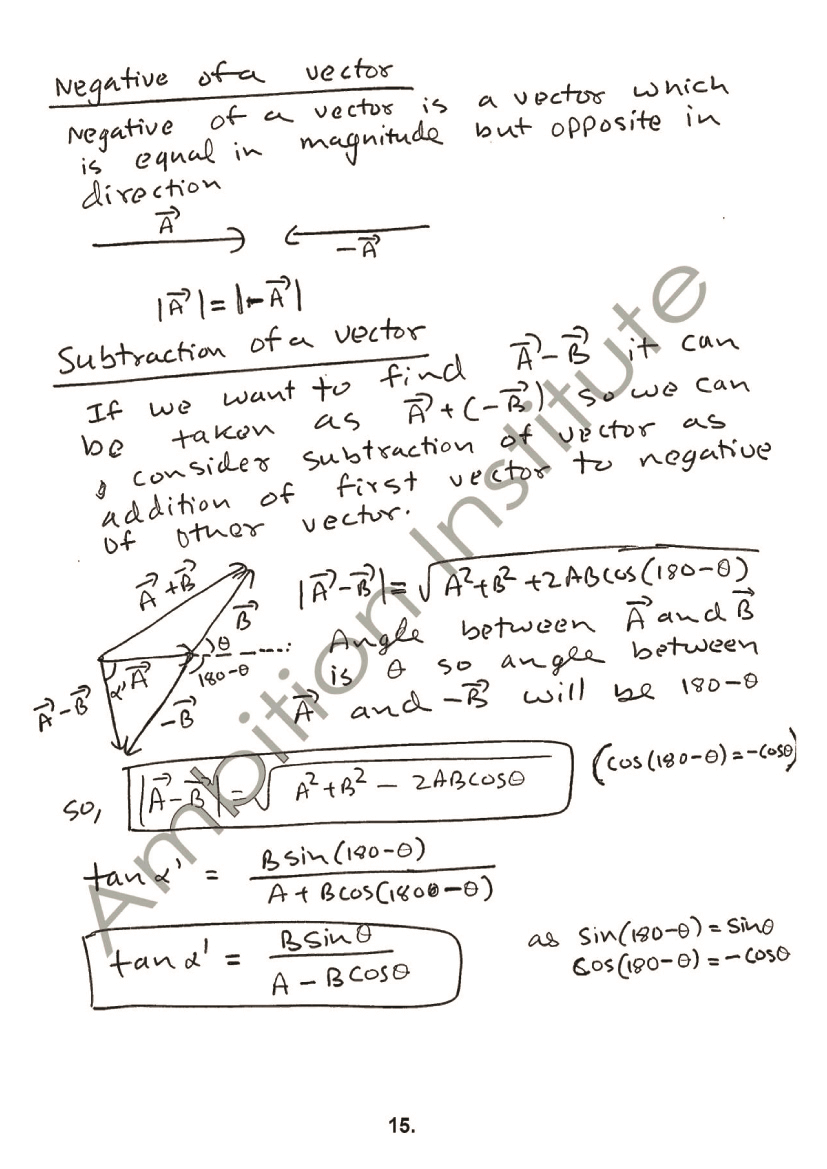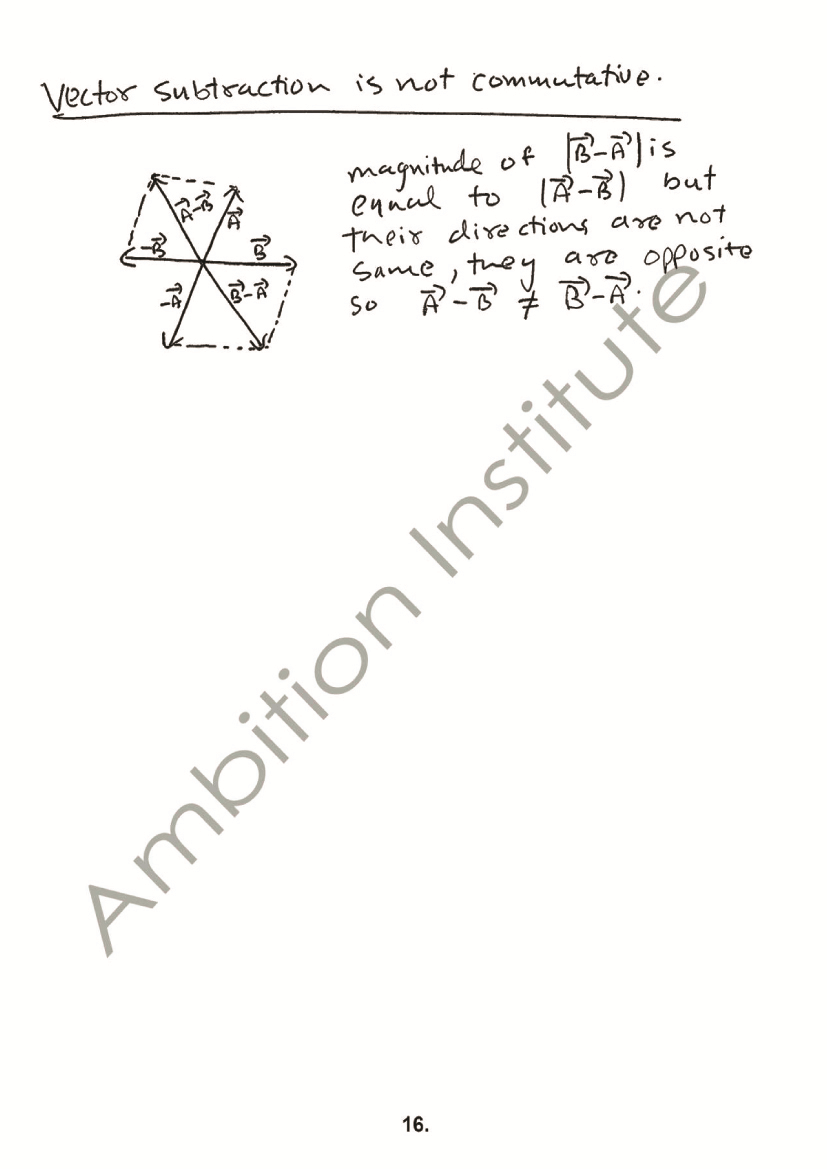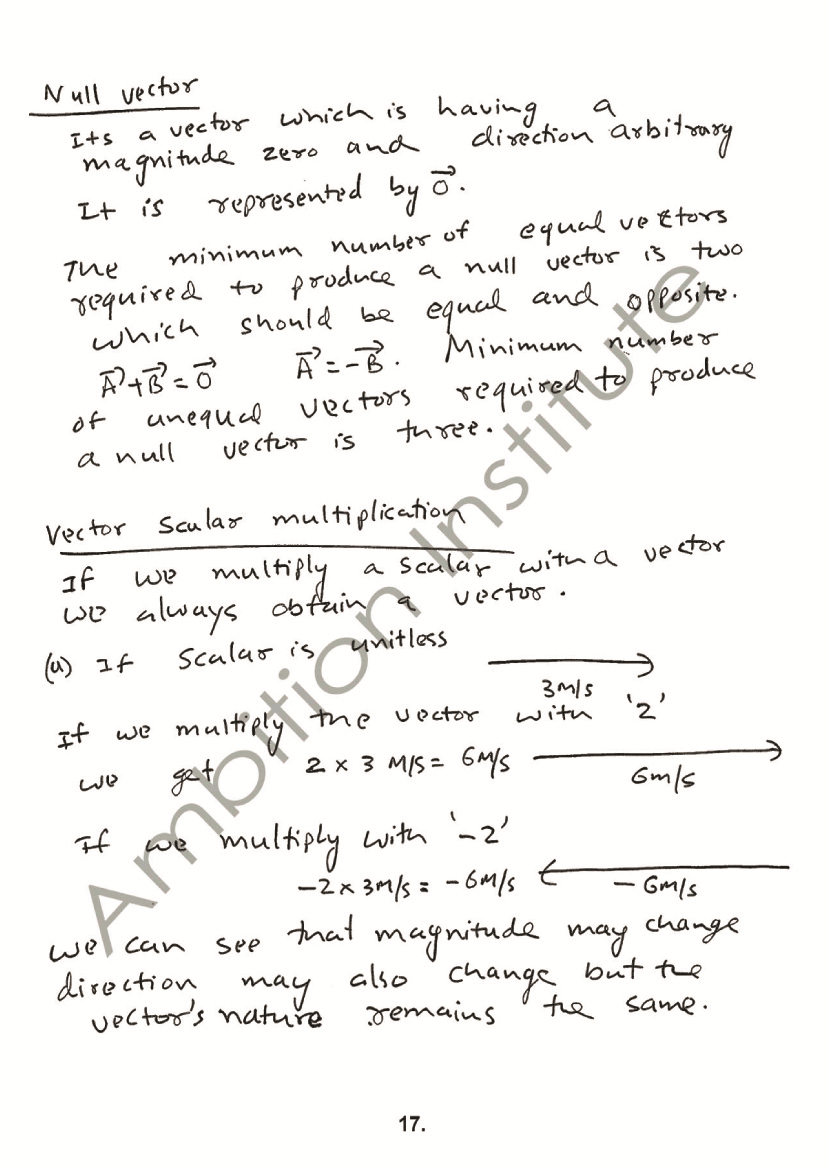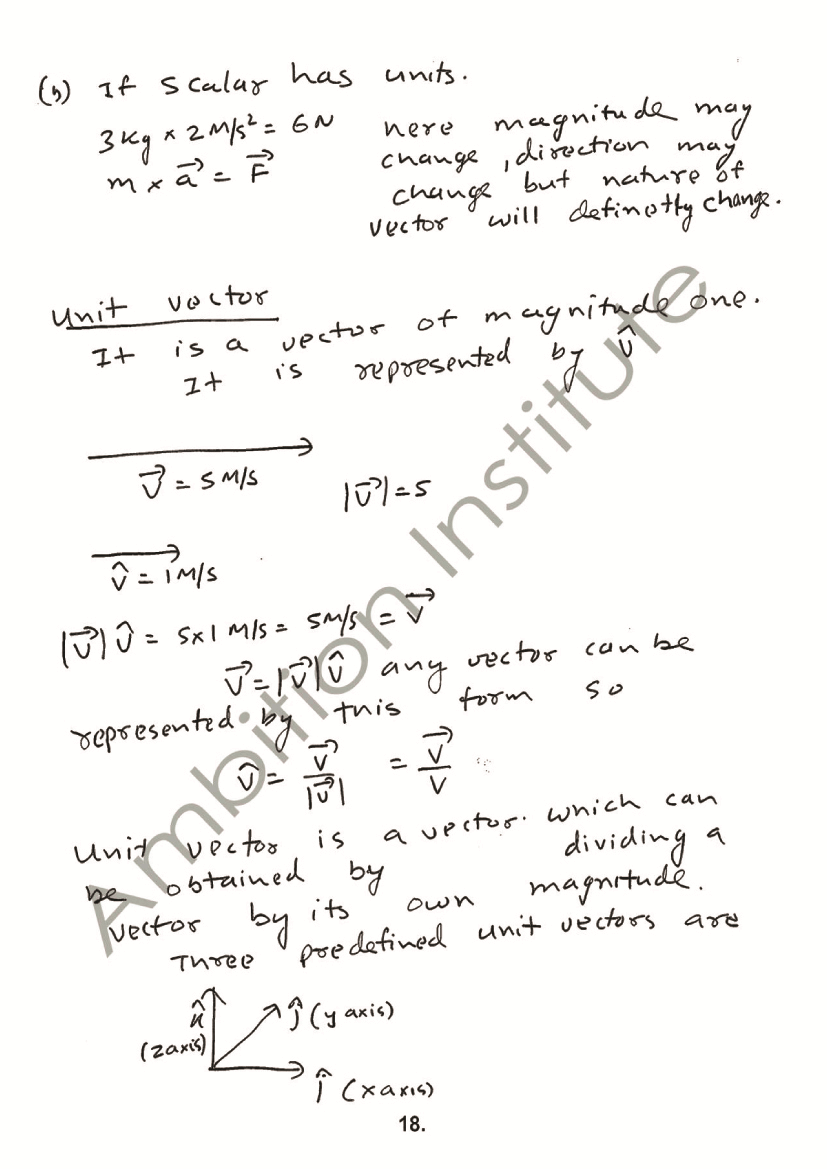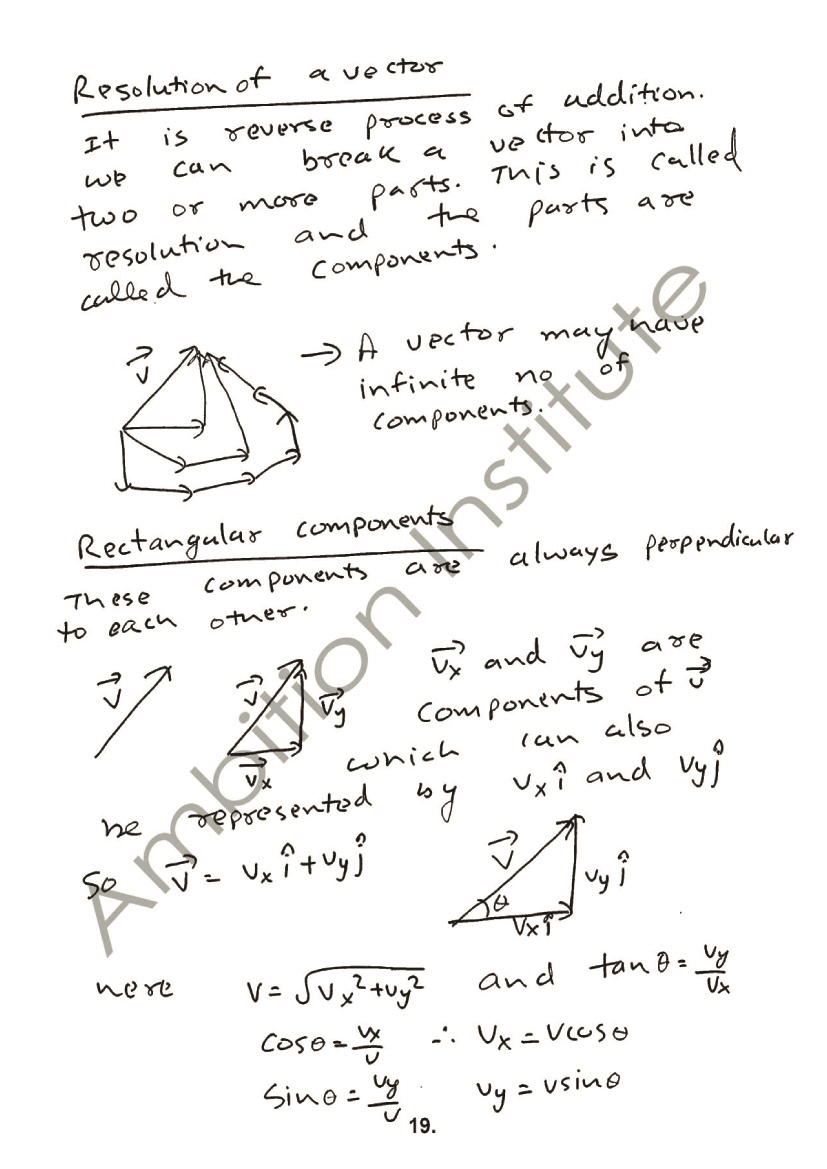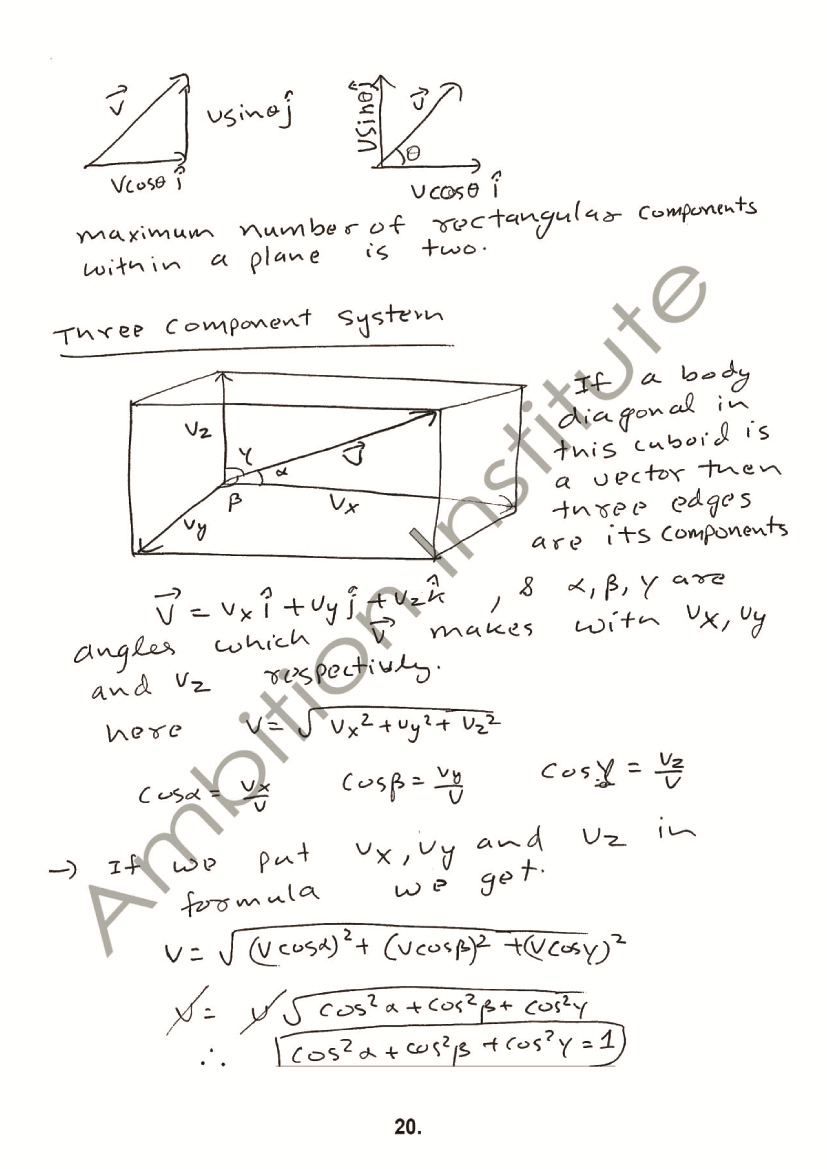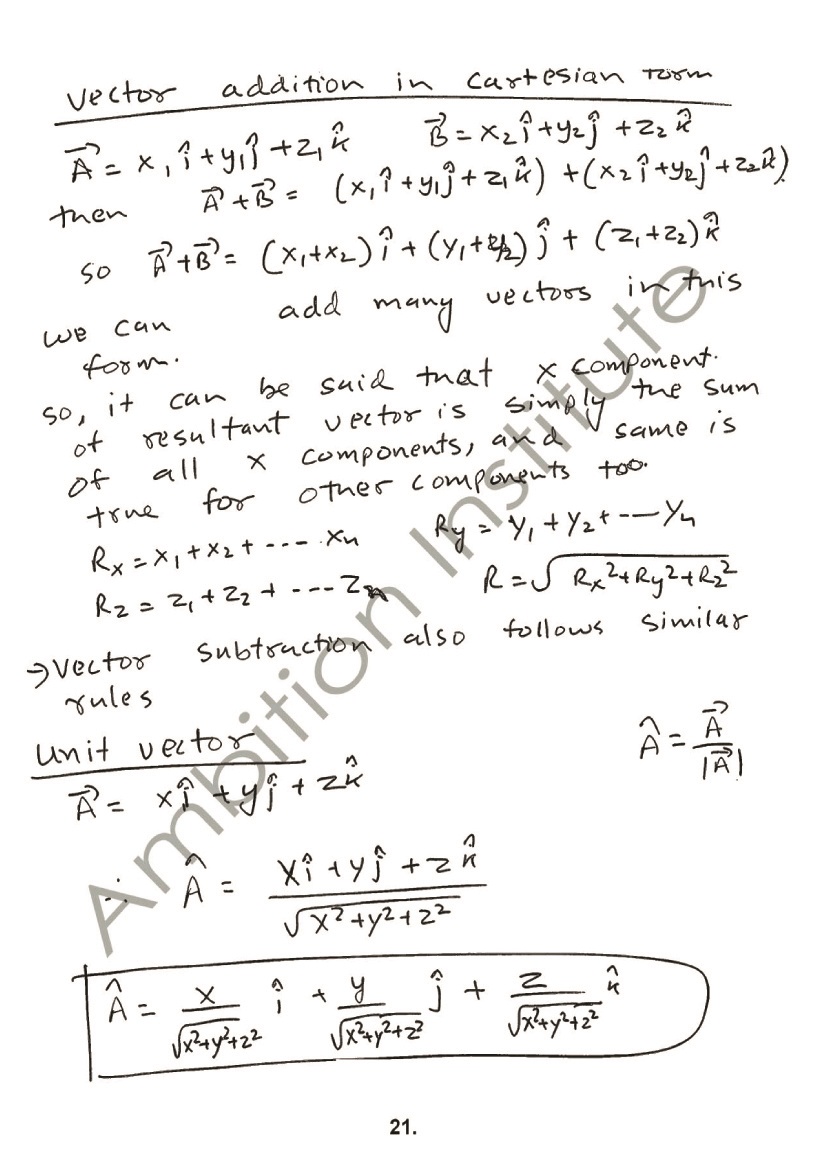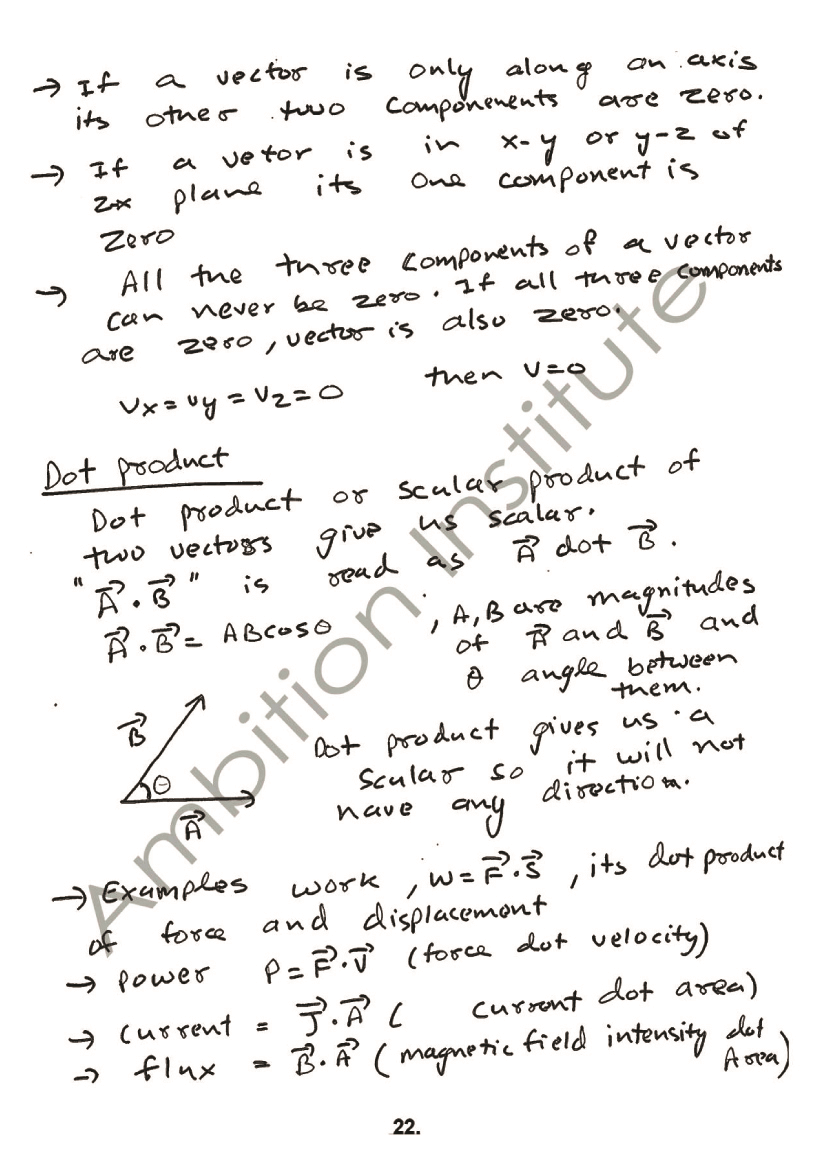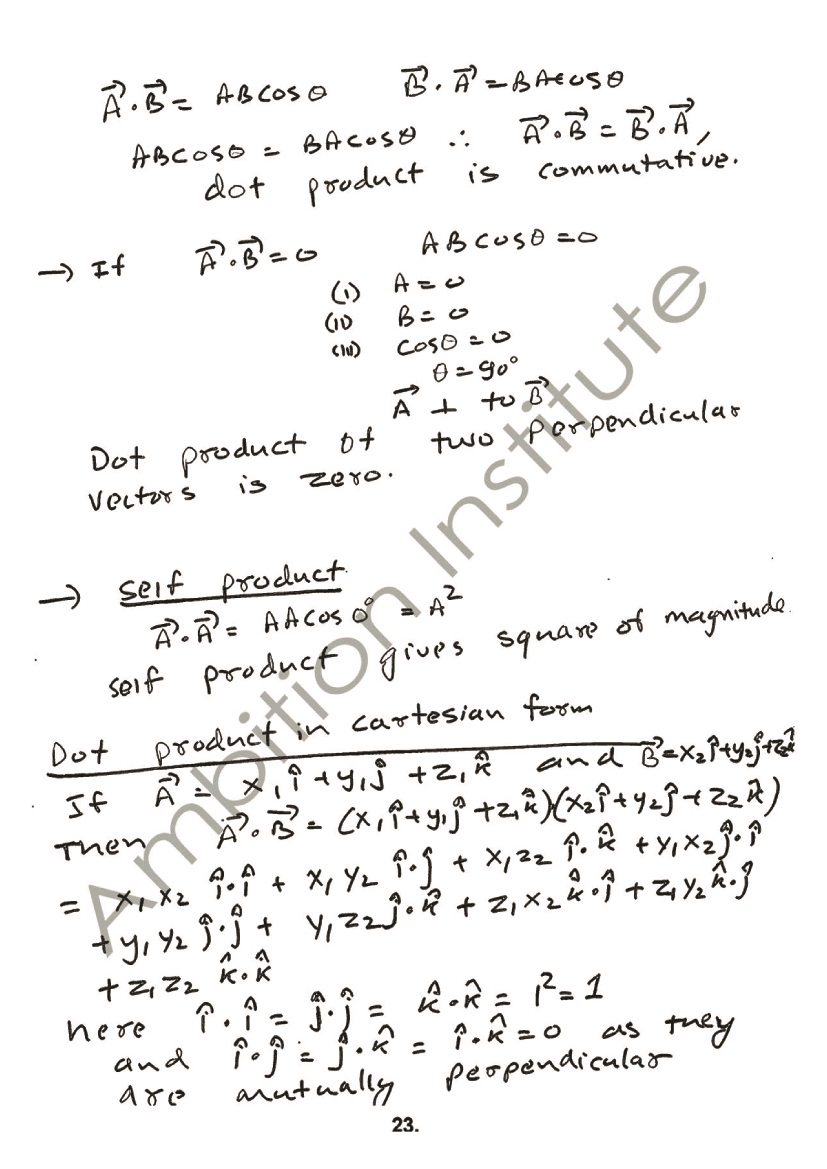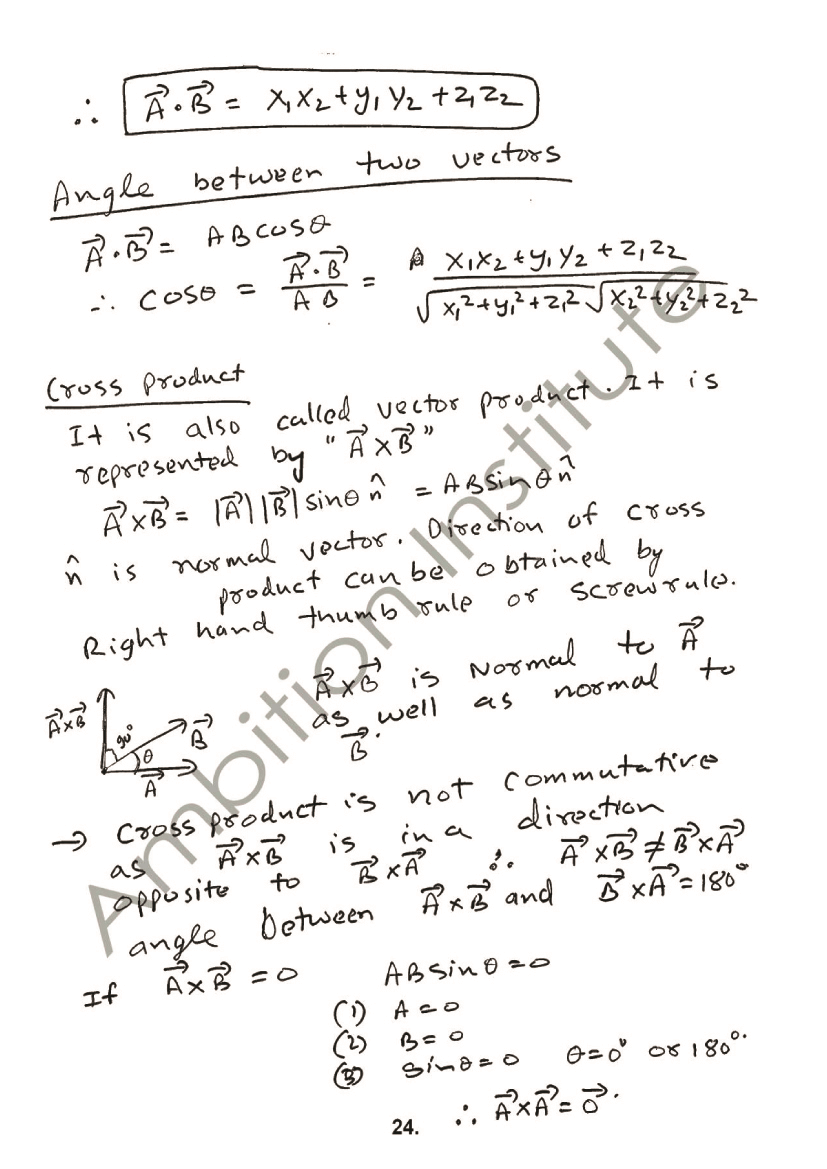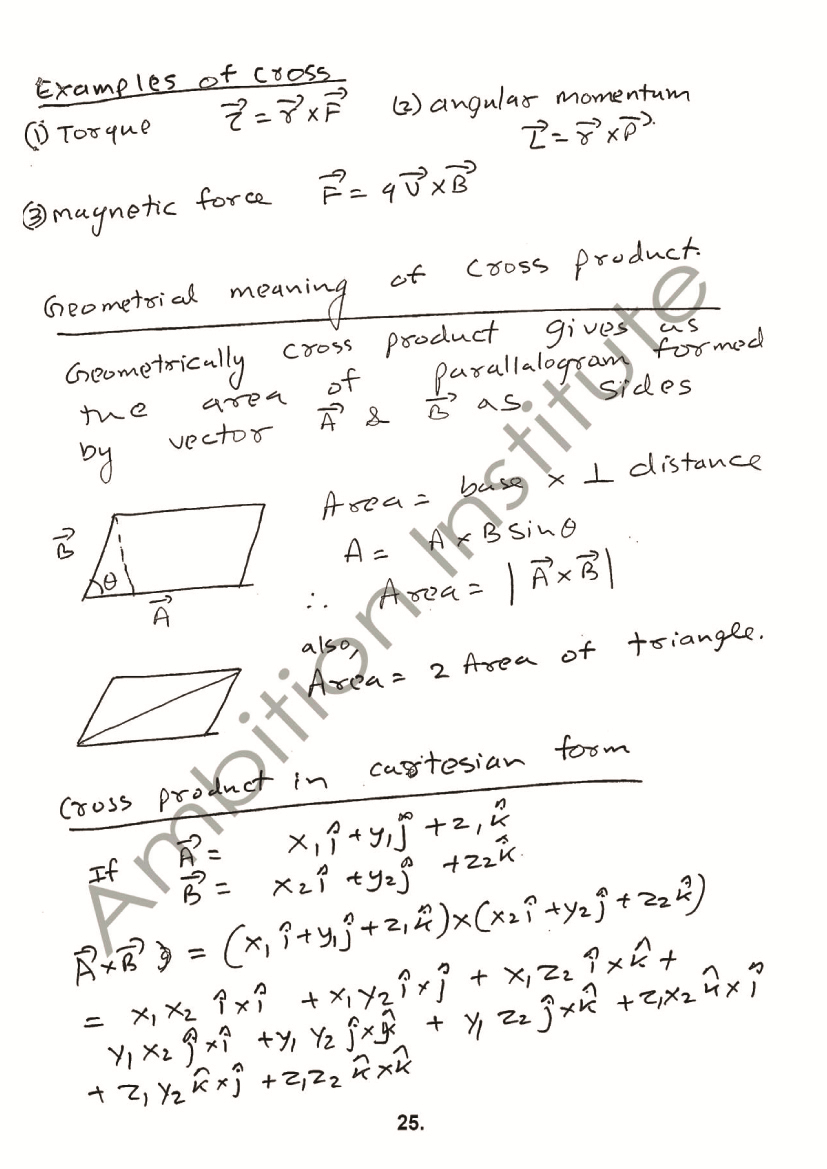Class 11 Exam > Class 11 Notes > Scalar and Vector Theory Sheets, Class 12, Electrostatics (IIT and AIPMT)
Scalar and Vector Theory Sheets, Class 12, Electrostatics (IIT and AIPMT) - Class 11 PDF Download
FAQs on Scalar and Vector Theory Sheets, Class 12, Electrostatics (IIT and AIPMT) - Class 11
| 1. What is the difference between scalar and vector quantities in electrostatics? |  |
Ans. Scalar quantities in electrostatics have only magnitude and no direction, such as electric potential and electric charge. Vector quantities, on the other hand, have both magnitude and direction, such as electric field and electric force.
| 2. How can scalar and vector quantities be represented mathematically in electrostatics? |  |
Ans. Scalar quantities in electrostatics can be represented using ordinary mathematical notation, such as numbers or equations. Vector quantities are typically represented using boldface letters or arrows above the symbols, indicating both magnitude and direction.
| 3. Give an example of a scalar quantity in electrostatics. |  |
Ans. An example of a scalar quantity in electrostatics is electric potential. It is a scalar because it only has magnitude and does not depend on direction. Electric potential is a measure of the electric potential energy per unit charge at a given point in an electric field.
| 4. Provide an example of a vector quantity in electrostatics. |  |
Ans. An example of a vector quantity in electrostatics is electric field. Electric field is a vector because it has both magnitude and direction. It represents the force experienced by a positive test charge placed in the field, per unit charge.
| 5. How do scalar and vector quantities interact in electrostatics? |  |
Ans. Scalar and vector quantities interact in electrostatics through mathematical equations and formulas. For example, the electric potential due to a point charge can be calculated using the magnitude of the charge (scalar) and the distance from the charge (scalar), while the electric field due to the same charge can be calculated using the magnitude of the charge (scalar) and the distance from the charge (vector).
Related Searches

